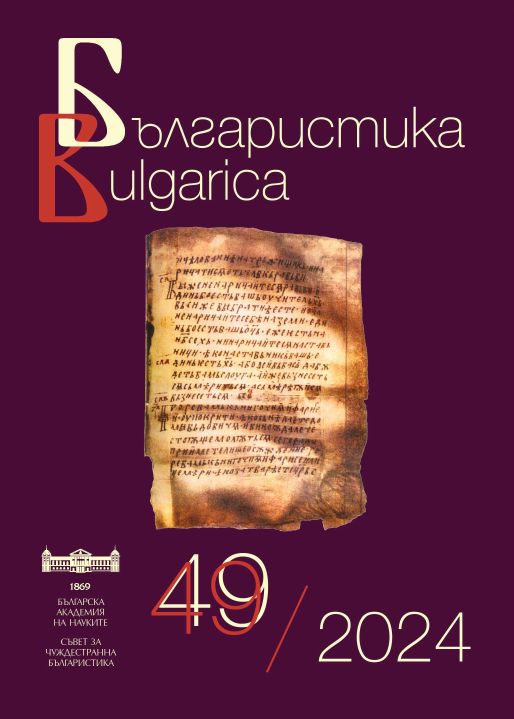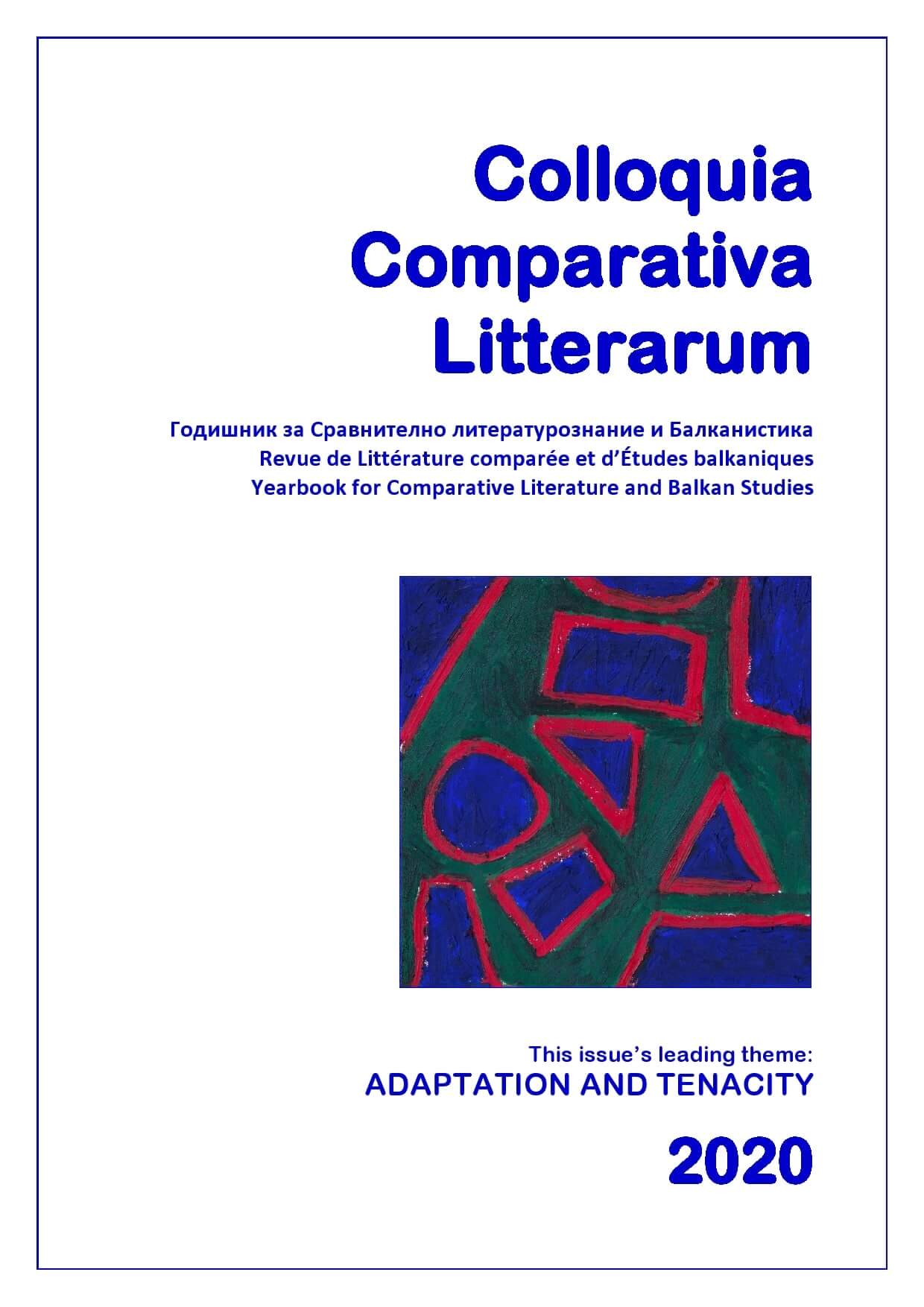
За книгата: Мария Букур. Пол и модернизъм. Историческо преосмисляне на канона. 2020.
Book review: Maria Bucur. Gendering Modernism. A Historical Reappraising of the Canon.
More...We kindly inform you that, as long as the subject affiliation of our 300.000+ articles is in progress, you might get unsufficient or no results on your third level or second level search. In this case, please broaden your search criteria.

Book review: Maria Bucur. Gendering Modernism. A Historical Reappraising of the Canon.
More...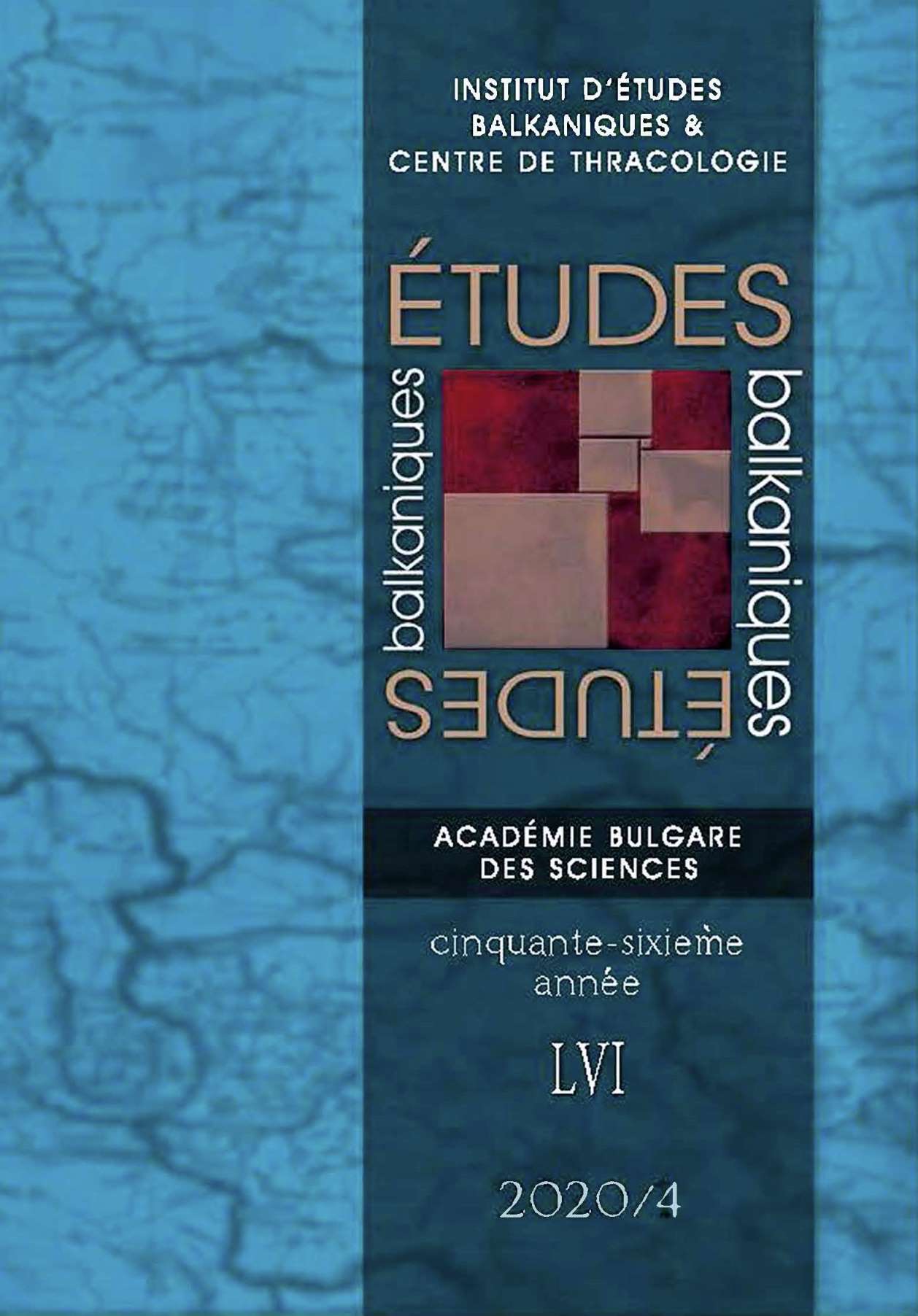
Although they were at the borders of the Europe of the Enlightenment, Romanians proved to be active and avid readers of the texts that marked their era. Following their quick conversion to Francophonie, they did not limit themselves to simply reading, but instead followed it up by translating these works more or less liberally. Thus, Voltaire, Rousseau, Montesquieu, Condillac, Fénelon (among others) started their long journey towards Carpatho-Danubian celebrity. In fact, their efforts to harmonize Romanian culture with the European culture of their time would not be updated before the blossoming of 18th-century studies in 20th-century Romania. The Romanian reading of the Enlightenment remains an unexhausted theme for research today, which is made all the more interesting by underlining the influence of 20th-century political vicissitudes on Romanian 18th-century studies.
More...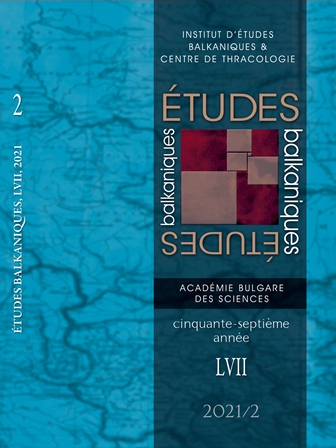
The aim of this paper is to provide a starting point for a comparison between the four edited versions of the Palaea Historica: the Greek one, the first Slavonic translation, the Romanian translation and the recently published second Slavonic translation. The four versions diverge from the very beginning, with the Greek and the first Slavonic translation providing a discussion on the Holy Trinity before moving on to God’s creation of the world, whereas the Romanian version omits the theological introduction and expands the cosmogonical portion with a paraphrase of Epiphanius’ Hexaemeron. The second Slavonic translation omits the entire description of the six days of creation in order to focus on Adam and the symbolic importance of his name. Another point of interest is the treatment of a fragment condemning the heretical view that Satan was Cain’s father, which is not conserved in the first Slavonic version and the Romanian versions.
More...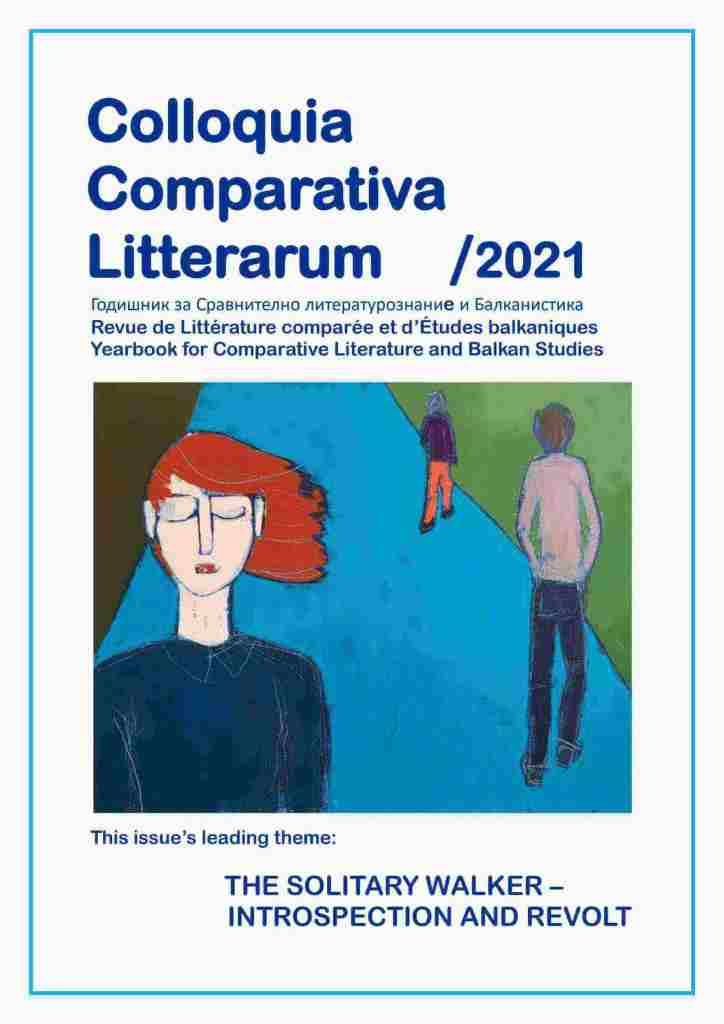
The article compares two fiction books by the Romanian author Ana Blandiana and fellow Bulgarian writer Teodora Dimova. As the analysis reveals the books share a lot of similarities in their approach to the “totalitarian experience”. In these literary works, we can see how through the child’s viewpoint the two female writers show different solutions in times of crises and harrowing circumstances. In summary, Blandiana and Dimova demonstrate in a brilliant aesthetic way the endless possibilities of literature to find salvation even in tragic accidents, and an exit from exile.
More...
In the 1920s and 1930s, the theory of the novel started becoming visible in the texts of novels themselves. This article examines novels with experimental narrative structures, comparing for the first time Bulgarian, Romanian, and French texts that tried new literary ‘cuts’. These writers discussed the role of the narrator throughout the text itself, either in their own name or through the narrator’s voice. They declared a search for authenticity and sought the connection of literature with another ‘fashionable tailor’: Cubism in art. It became apparent that these Modernists displayed a negative attitude towards Paul Bourget, a French writer who had at the time ‘cut out’ an emblematic figure of a successful European novelist. An increased interest in America and the Americans – in a tentative mixture of admiration or rejection – could also be observed in these novels.
More...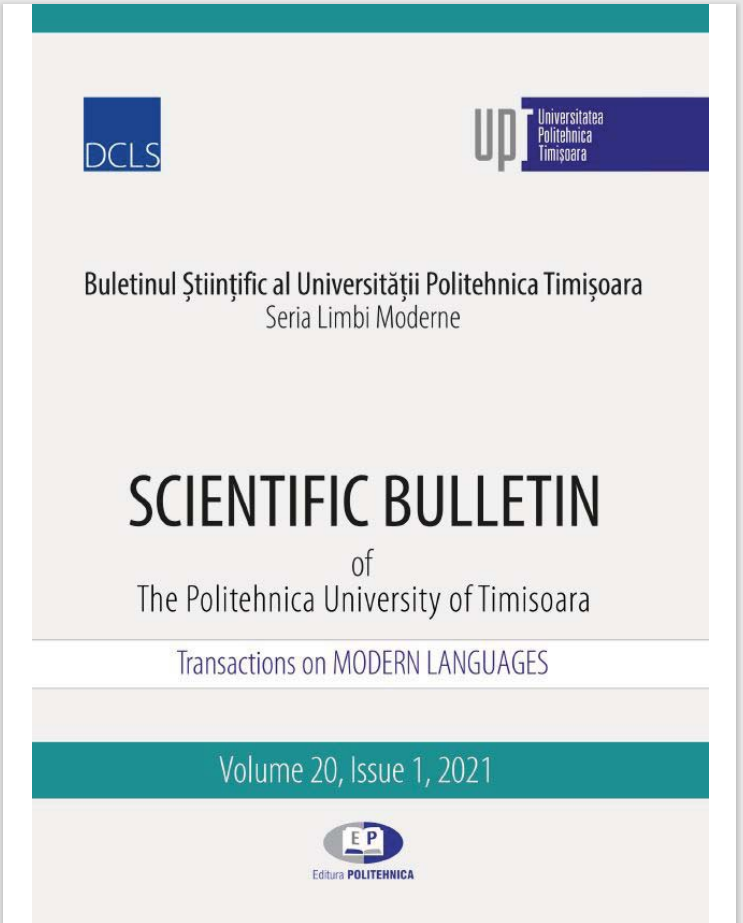
The traditional folkloric substratum of different cultures and the mythological one are still very noticeable nowadays, and the modern person cannot disregard them, as they are intensely reinterpreted, reimagined, and promoted in a vast array of fantasy books, fantasy films, etc. The protagonists of fantasy culture are the imaginary, supernatural, magical, demonic beings, the totemic animals, the fantastic objects, etc. In relevant literature they are defined as mythemes. Moreover, another present-day function was assigned to folkloric, mythological elements (the mythemes) through their animated metamorphosis into the realm of video games, already being annotated, listed online. The present paper aims to emphasise the role of realia-mythemes in traditional and current culture on one hand, and on the other hand to present a series of means of conveying, mainly in Romanian, the fantasy (i.e., folkloric, mythological) realia-words with Russian cultural characteristics (cf. Ба́ба-Яга́ [Ro Baba-Iaga], [En BabaYaga/Jaga]; Богаты́рь [Ro bogatîri], [En bogatyr]; Васили́са Премудрая [Ro Vasilisa Premudraia], [En Vasilisa Premudraya]; Жар-пти́цa [Ro jar-ptița], [En zhar-ptitsa]; Русáлка [Ro rusalca], [En rusalka], etc.). The transfer of realia elements constitutes a complex process that has been drawing the attention of researchers for a long time, especially since there is no “sole” translation solution, and the “ideal” rendering of these units is performed by considering certain intra- and extralinguistic, intra- and extra-translational aspects.
More...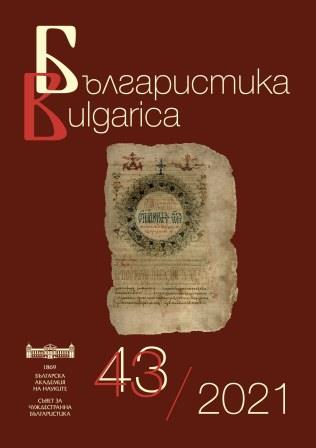
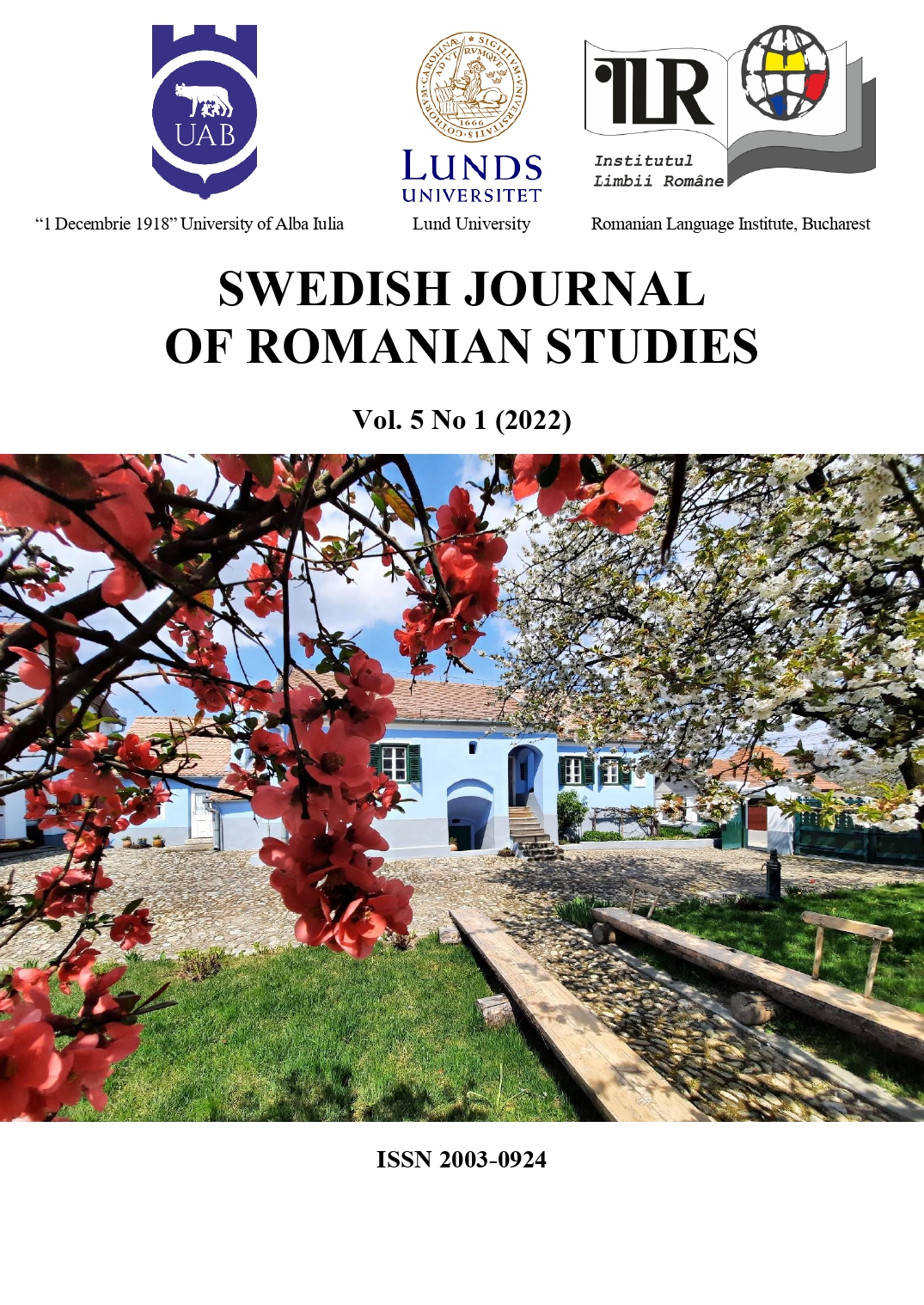
The present article aims to offer excerpts f an essential article by the Romanian “national poet” Mihai Eminescu in the English translation, with a historical commentary. The translation aims to make Eminescu’s text available to an international audience of scholars, helping to write a more accurate social and cultural history of 19th century Europe. In turn, the commentary aims to show that Eminescu’s political vision, although substantially conservative, incorporated a number of tenets that were to become an inspiration for a number of politicians of highly diverse backgrounds, from the Iron Guard nationalists to the Socialists and Communists. Eminescu’s work was used, in ways he could no longer control, in order to legitimize their varied, and at times downright contradictory, claims.The article discussed here, on “The Austrian influence on the Romanians in the Principalities” (1876) offered Eminescu the opportunity to cast a critical eye on the state organization of the Romanians. His conclusion is exceedingly pessimistic: their state organization is presented as a failure, with the main sources of this failure being the personal interests of the Romanians themselves, compounded by the influence of foreigners. Hence the society based on corruption, rather than on principles, a society where having a job meant ruling, and not having one, being in opposition. In this gloomy picture, the author singled out a class on whose back the whole people lived: the Romanian peasants. The future of this class could not possibly be bright, as Eminescu expected that it be crushed from within, and “along with it, the state and the nation”. Did he also envisage a solution? In order to escape the situation in which “the proximity of Austria is devastating for us, unless we wake up soon”, Eminescu pinpointed three redeeming elements: stability, labour and economy. In other words, hereditary monarchy, the revocation of privileges for the “proletariat of the pen” and the careful spending of public budgets. The alternatives were the Austrian rule, or the Russian rule, none of which comes across to Eminescu as a solution.
More...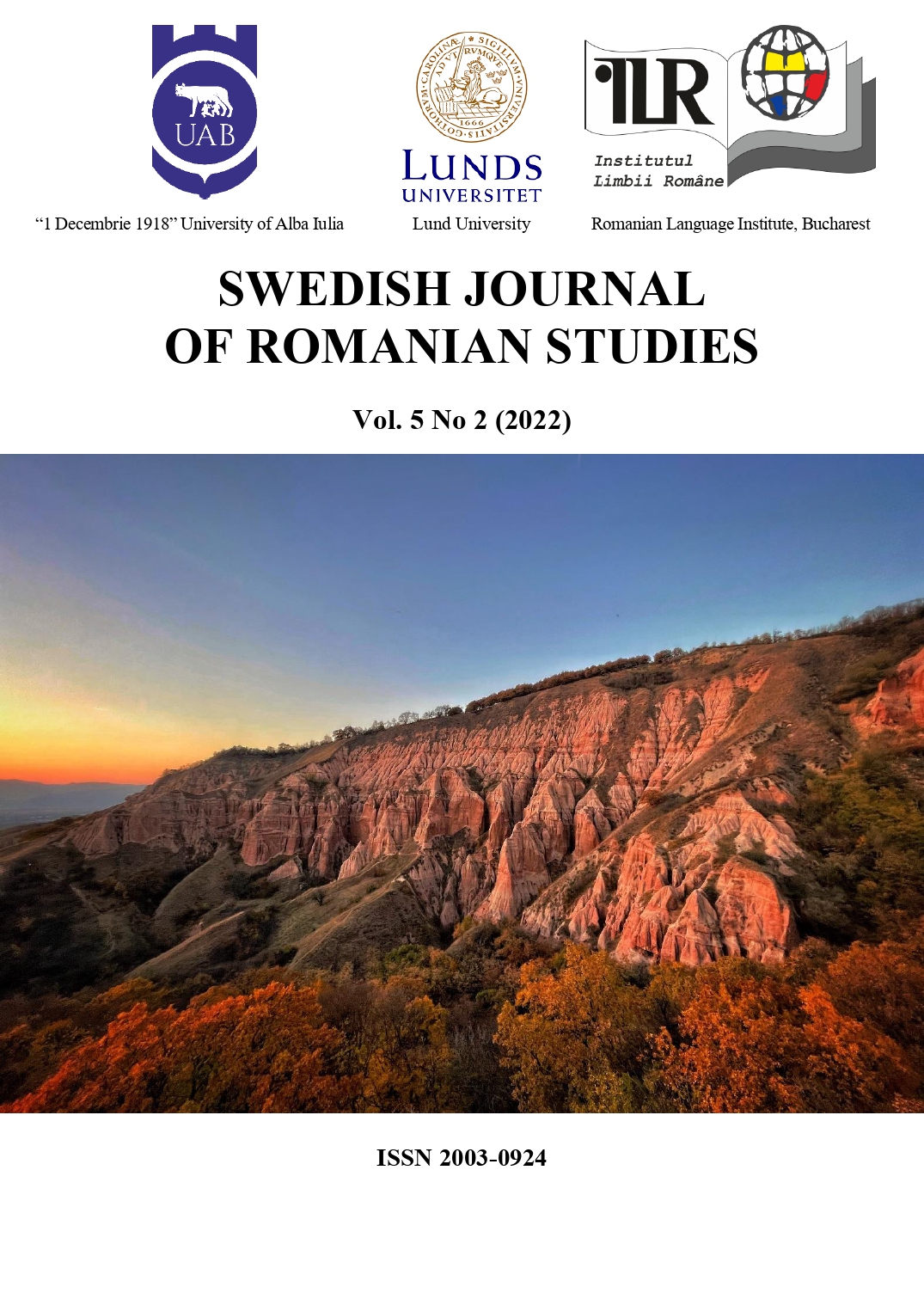
In recent times, Indian ascetics have become pop icons due to the influence of visual entertainment media. Outside their country of origin, they are often negatively stereotyped to foster derogatory understandings of the Others and their cultures. In this paper, we will focus on representations of Indian ascetics. Starting with their early depictions in the memoir of the Transylvanian physician Dr Honigberger, we will examine their representations in Romanian newspapers and journals. In order to account for Romanian interest in ascetics from a faraway land, this paper will take into consideration the historical developments that led to the growth of European interest in them. Through a comparison between nineteenth century British (Osborne 1840) and East-European (Honigberger 1851, 1852) writings on Indian ascetics, we will try to understand whether conceptualization of Indian ascetics in Romanian-speaking territories differed in any way from that of the British colonizers in India. The paper will then move on to examine how the Romanian press conceptualized these ascetics. Evidences point to the fact that the Romanian press became interested in Indian ascetics, erroneously generalized as fakirs, from ca. 1900 to 1940. Analysing Romanian journal and magazine articles on Indian fakirs, which till now remain untranslated into English, this article will try to show how the Romanian press conceived of the ascetics of a faraway country. Our research methodology is based on text analysis, relying on a broader cultural perspective. For the purpose of this paper, we have selected a series of article samples, taking into consideration diversity in terms of regions (southern Romania and Transylvania), as well as the most relevant period (1906-1935). The interest in Indian sadhus and their doings basically emerged starting with the mid-nineteenth century. Yet over the following decades accounts have changed in terms of focus. While nineteenth century authors were primarily concerned with the physical aspects of their work, texts written in the first decades of the twentieth century suggest that journalists and writers generally looked at the more surprising and entertaining side of fakirs’ actions. Finally, the paper suggests why Romanian press lost interest in Indian ascetics after the 1940s.
More...
These days, writing about untranslatability may seem courageous, as more and more voices associate this issue with translation incapacity and, instead, advocate for creative remedies or even reject such an instance. This study does not deal with a contemporary novel, nor does it have to do with a powerful textual space. However, we believe that translation theories mainly focus on analyses of a certain category of languages, and raise questions of discrepancies between subordinate and dominant cultures, a tendency which derives from the proneness of the international publishing industry to favour certain languages and types of writing. We are not aiming for a debate around the subject of publishing politics or endeavours, but rather we try to cast some light on the ambitious project of rendering vernacular into a powerful language. This paper deals with the work of a great Moldavian storyteller who contributes significantly to the enhancement of expressiveness through linguistic characteristics that occur informally. We hypothesise that the vibrant vernacular writing “Memories of my boyhood” creates potential instances of untranslatability, due to significant differences between the Romanian variety and English, not necessarily in the linguistic inventory but rather in the cognitive structures of the readership. Therefore, the case study focuses on how source text and target text readers infer meaning from interjections and terms of address, originally belonging to the Moldavian modes of expression. Although the translators re-create these short utterances, due to a lack of a similar background from the part of the receiving culture, we witness a limitation on conveying their original intentionality, emotion and plethora of meanings.
More...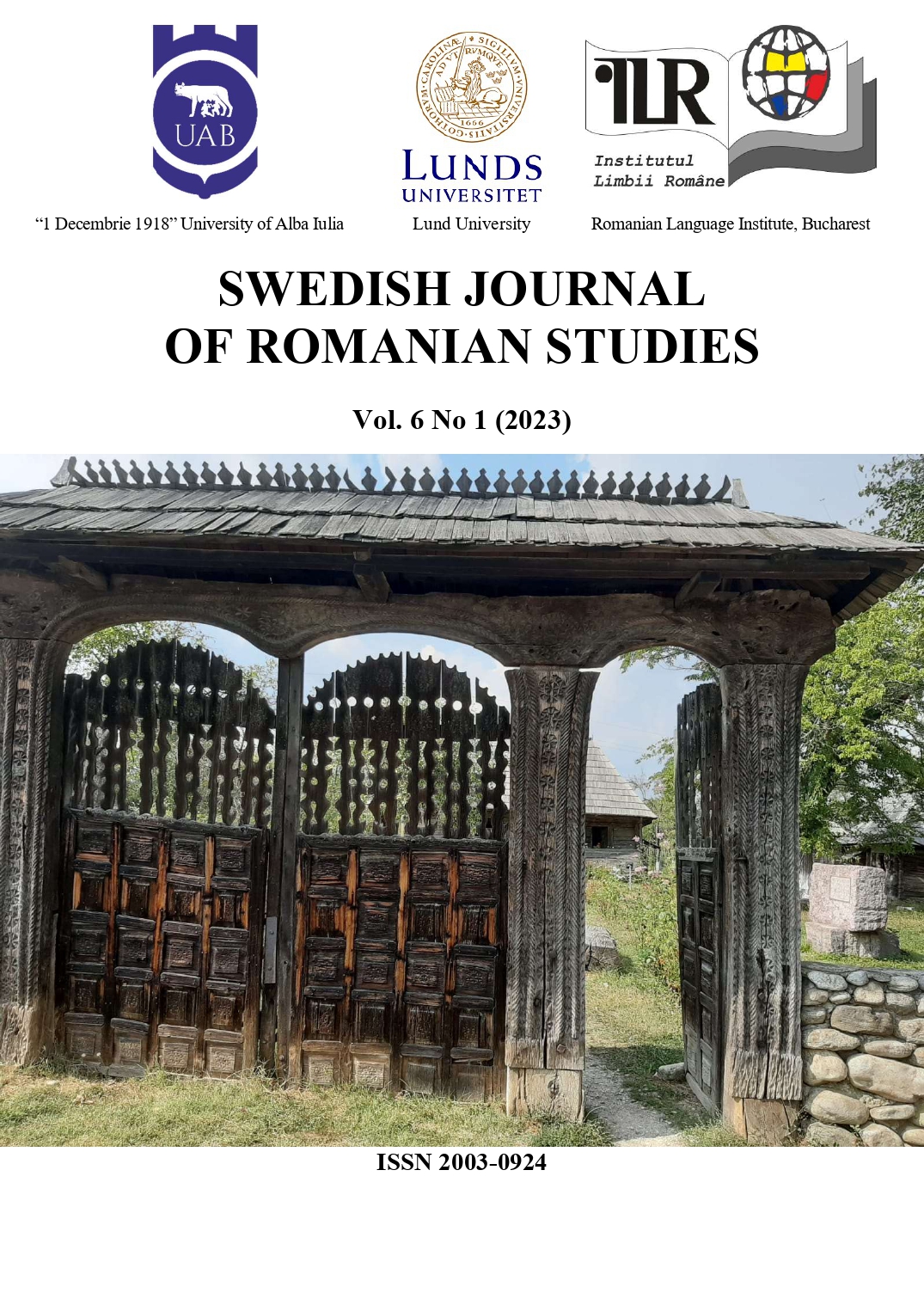
Focusing on two theoretical concepts, sociability, driven from Maurice Agulhonʼs theory, and social networked as developed in Georg Simmelʼs formal sociology, the present article aims to discuss the Romanian socialist circles from the 19th century in a twofold manner. On the one hand, it explores the social imaginary and the transferable social forms due to the existence of the “weak ties” (Mark Granovetter), such as clandestinity, the anti-bourgeois attitude, the idealism, and the generic portrait of the socialist. On the other hand, the article analyses the forms of life that are specific and dependent on the material spaces, shaping the particularities of different socialist groups. Such elements of shared life are, for example, the exaltation in Neculai Beldiceanuʼs cenacle from Iași, the anti-intimacy in Nădejdeʼs house on Sărărie, the farce at „Adevărul” magazine, but also the experience of drinking tea, common to the majority of the socializing groups, and the relationship between men and women, considered as the myth of the 19th century socialist movement.
More...
This article aims to show that Herta Müller's life is depicted as one of perpetual uprooting and to portrait elements in her novels where the writer deals with major universal themes, connected to the topic of exile and fundamental to understanding the turbulent 20th century in Europe. Her denunciation of the horrors of totalitarianism, against which she opposes a cry for freedom and against oblivion, stands out for its capacity for reflection, its originality and its poetic sensitivity, in such a way that it manages to traverse this arid terrain with original images of great beauty.Herta Müller in exile, the claw in the heart
More...
This study analyses the relationship between failure and success from two perspectives: creative psychology and sociology of creation. By starting from Angelo Mitchievici’s recent book, “Farmecul vieților distruse. Câteva reflecții despre ratare” [The Charm of Failed Lives] (2022), which explores one of the favorite themes of decadent literature and art (failure), I aim to highlight the most relevant existential postures in a writer’s life: the anti-bourgeois aristocratic posture (the dandy) and the proletarian-democratic posture (the bohemian). It is not by chance that Mitchievici dwells on the works the Romanian-French writer Emil Cioran, who tried to build an image of a secluded writer, close to anonymity, avoiding to cultivate both the bohemian and the dandy style, by adopting a lifestyle shaped by the cult of work and discipline, in the spirit of the Protestant ethics theorized by Max Weber. Mitchievici explains very convincingly how, once he emigrated to Paris, Cioran completely abandoned the Romanian language, in which he was convinced he was failing as a writer, in order to devote himself exclusively to writing in French, with the idea of conquering global glory. In addition to Cioran, the authors in focus are Francis Scott Fitzgerald, Shakespeare, Voltaire, Flaubert, Dino Buzzatti, Mihail Sadoveanu, Mircea Cărtărescu, etc., which provides the critic with the opportunity to reconnect with his former books (e.g. “Decadență și decadentism în contextul modernității românești și europene”, 2011) and to show a refined and mature essayist’s vein.
More...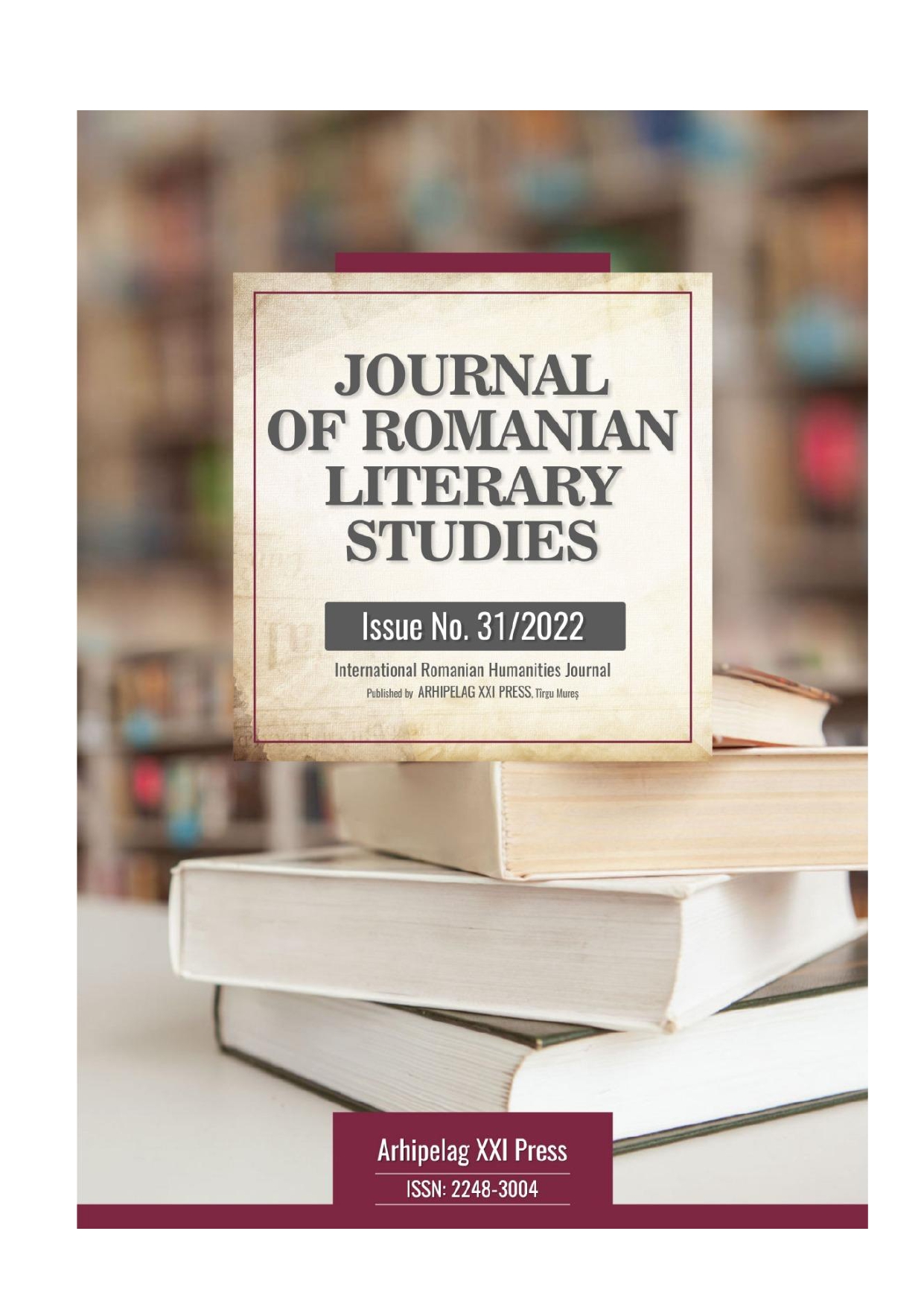
This paper aims to analyze the portrayal of two major themes in the Romanian contemporary poetry, namely sexuality and feminism, which are still regarded as being taboo.
More...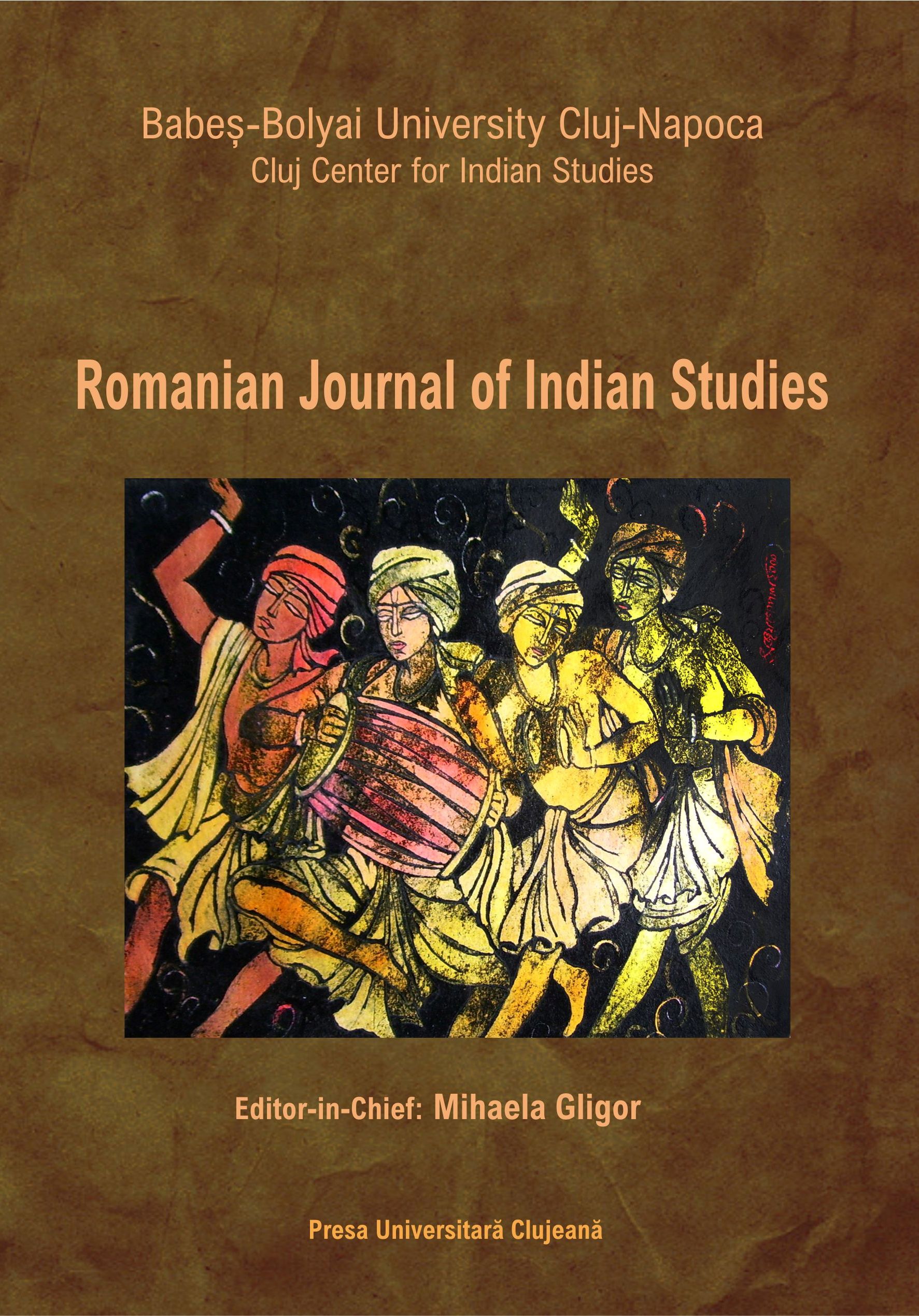
Mihai Eminescu’s indianism has been researched by scholars and critics like Amita Bhose or Mircea Itu, but the Buddhist component of his writings was not thoroughly analysed. The present study aims to investigate some fundamental Buddhist concepts that the Romanian writer recycled in his works. All of Mihai Eminescu’s friends knew about his keen interest in Buddhism, as Cătălin Cioabă’s book Mărturii despre Eminescu (2022) revealed to the public, and his fascination for this particular philosophical Indian system was reflected in his poems. The main research questions of this paper are: “Which are the Buddhist concepts that Mihai Eminescu intertextually used in his works?” and “Why did he choose those philosophical ideas?” In the analysis of the Buddhist dimension of Eminescu’s poetry, the following methods will be indispensable: close reading, hermeneutics, intertextuality and stylistics.
More...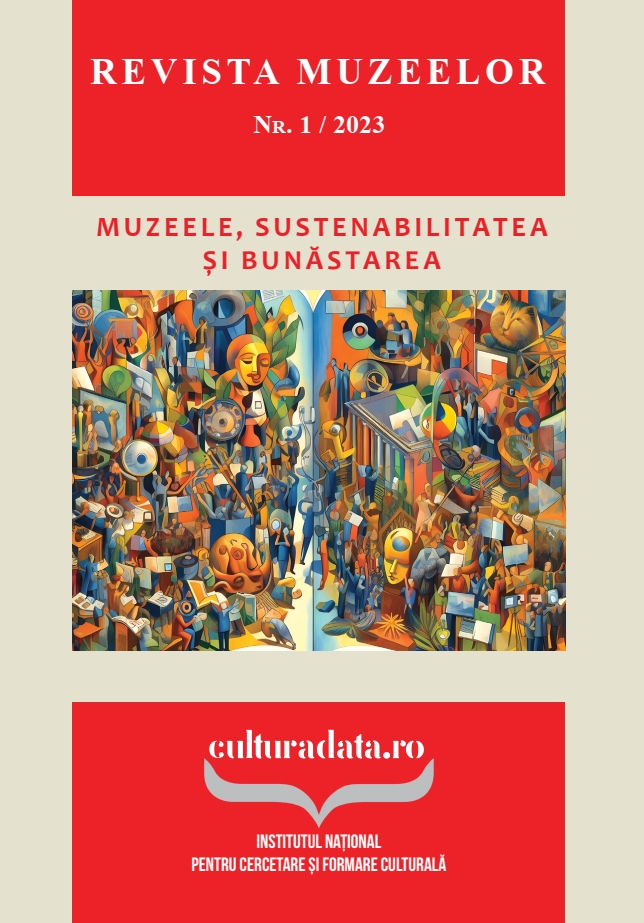
Documentation and specialized articles are among the main means of improving stylistic classifications of the works belonging to an art museum’s heritage. A museum’s heritage is also dynamic, although most museums have a well-developed collection of works dating from before the 1990s. As the heritage is enriched, it must also be documented, and volumes of monographs on lesser-known artists are very useful in this process. This is also the case of the volume entitled „The Bednarik Family in Romanian Art” which is the subject of this review. Following the personal and professional career of the members of this family of artists, the Bednarik family monograph is a valuable document for the history of art in our country and a useful tool for specialists in art museums.
More...![За книгата: Румяна Л. Станчева. Сравнително литературознание. Фаталната жена и 5 европейски кройки на романа. София, Изд. Колибри, 2023. [Roumiana L. Stantcheva. Littérature comparée. La femme fatale et 5 coupes européennes du roman]](/api/image/getissuecoverimage?id=picture_2024_82646.jpg)
Book review: Румяна Л. Станчева. Сравнително литературознание. Фаталната жена и 5 европейски кройки на романа. София, Изд. Колибри, 2023. [Roumiana L. Stantcheva. Comparative Literature. The Femme Fatale and 5 European “Cuts” of the Novel. Sofia, Colibri Publishers, 2023./ Littérature comparée. La femme fatale et 5 coupes européennes du roman.]
More...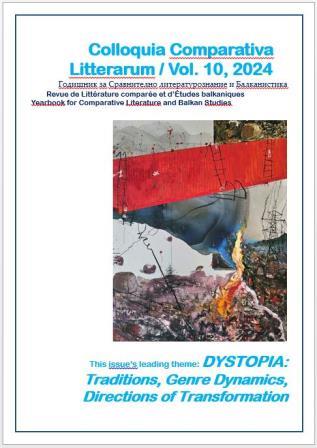
Book review: Йоана Славчева. Румънският политически роман от 60-те и 70-те години на XX век. Велико Търново, УИ „Св. св. Кирил и Методий“, 2022, 187 с. [Joanna Slavcheva. The Romanian Political Novel of the 1960s and 1970s. Veliko Tarnovo, St. Cyril and St. Methodius University Press, 2022]
More...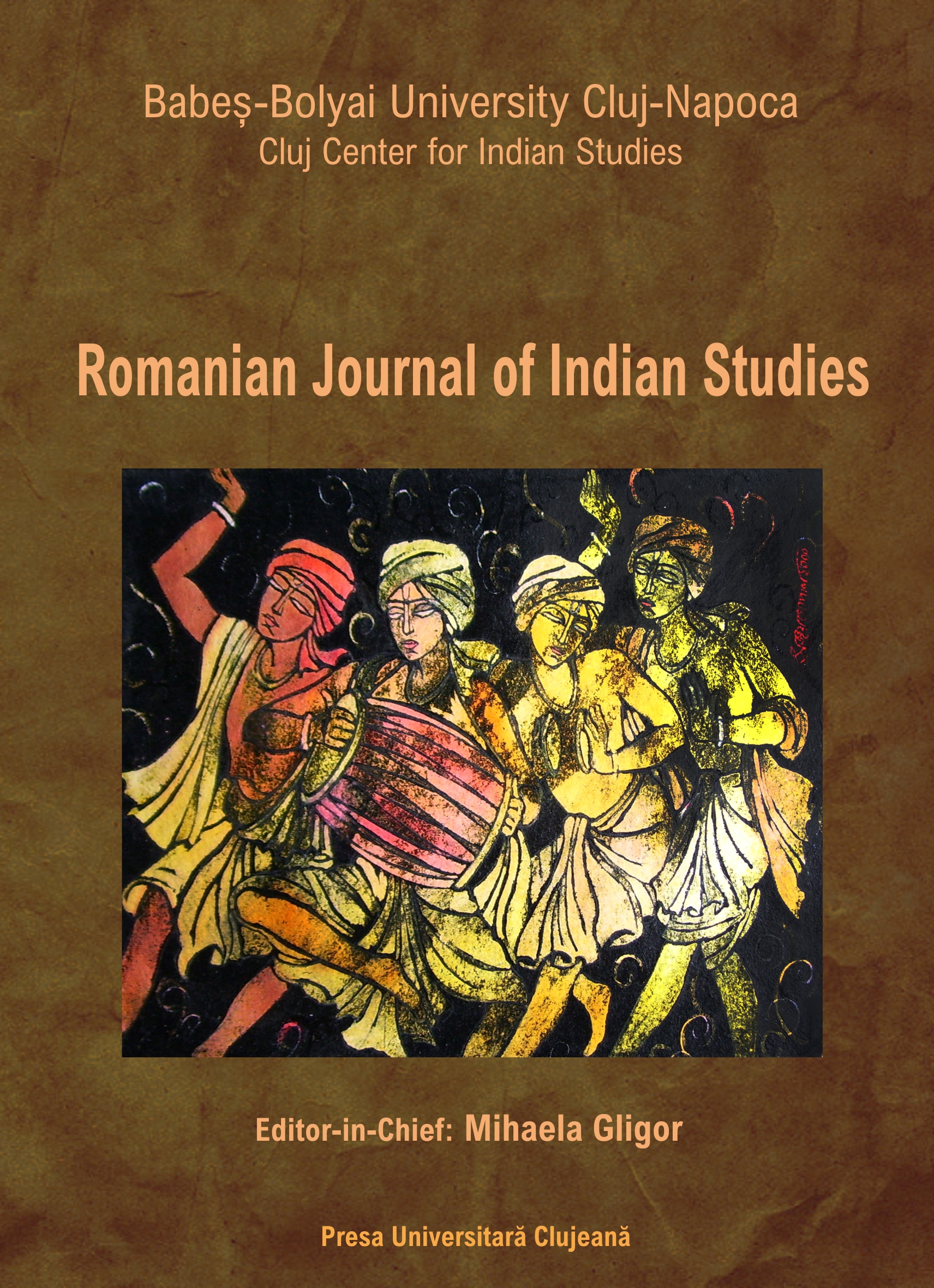
The present paper follows the journey of the Romanian verb “a bate” (to beat, to hurt, to fight etc.) through the depths of language, uncovering its many uses. Bridging cultural and linguistic distances, it also explores the contextual requirements and changes that happen in Hindi when wanting to obtain the same meanings as those conveyed by the Romanian verb. In addition, it reflects on how a social media post that starts out as a topic for ridicule may become a source for semantic analyses.
More...